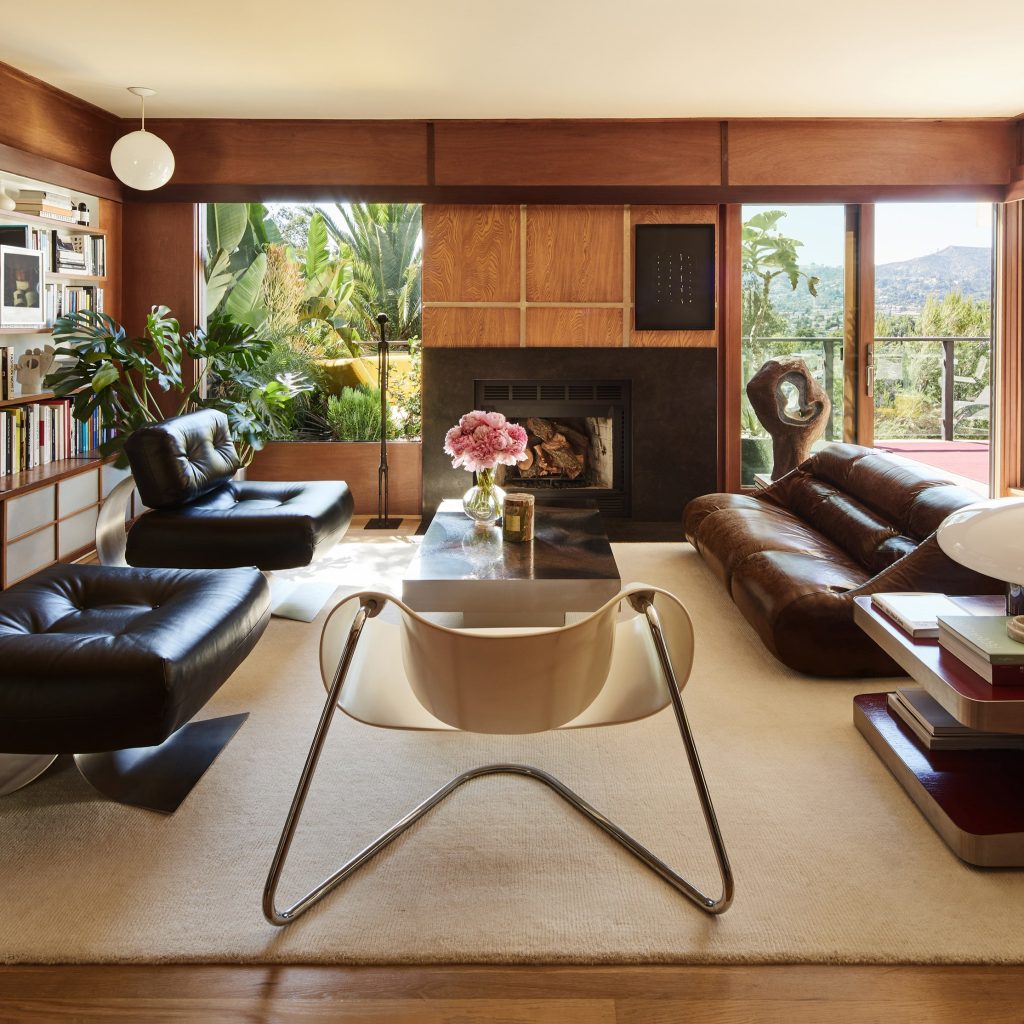
The Mystical Glow of African Lamps: Exploring the Art and Culture Behind the Illumination
Introduction
African lamps come in different shapes and sizes, each with a unique history, symbolism, and function. These lamps represent more than just illumination; they are a reflection of African culture and traditions, often passed down from one generation to another. In this article, we will explore the art and culture behind African lamps, delving into their significance and the stories they tell.
The Origin of African Lamps
African lamps have been used for centuries as a source of light, warmth, and protection. They were initially made from natural materials such as clay, wood, and animal hides. As time passed, African artisans started using metal, glass, and other materials to produce more decorative and complex designs.
The Significance of African Lamps
African lamps have played a significant role in African culture and traditions. They have been used in various ceremonies and rituals, from birth to death. African lamps are also associated with different symbols and meanings. For instance, the Adinkra symbol in Ghana represents humility, while the Maasai lamp in East Africa is a symbol of unity and community.
Types of African Lamps
There are different types of African lamps, each originating from a particular region and culture. For instance, the Berber lamps of North Africa are made of metal and have intricate designs and patterns. The Zulu lamps of South Africa are made of clay and are known for their unique shapes and bright colors. Other types of African lamps include the Asante lamps of Ghana, the Senufo lamps of Ivory Coast, and the Hemba lamps of the Democratic Republic of Congo.
The Art of African Lamp Making
African lamp making requires skill, creativity, and patience. The process usually starts by selecting the appropriate material, which could be clay, wood, or metal. The artisan then shapes the material into the desired form, using traditional tools such as chisels or knives. The lamp is then painted or decorated, often with symbolic motifs or intricate patterns.
The Role of African Women in Lamp Making
In many African cultures, lamp making is a traditional skill passed down from one generation of women to another. Women are often responsible for making the lamps used in the home or community, using skills learned from their mothers or grandmothers. Moreover, many African women use lamp making as a means of income, creating beautiful and functional lamps that are sold in local markets or exported to other countries.
African Lamps in Modern Times
Today, African lamps continue to play a vital role in African culture and traditions. However, they have also become popular decorative items around the world, appreciated for their unique designs and cultural significance. Many artists and designers have incorporated African lamps into contemporary interior design, creating stunning and eclectic spaces that celebrate the richness of African art and culture.
The Future of African Lamp Making
As with many traditional crafts, African lamp making faces the challenge of keeping up with modern times. The availability of cheap, mass-produced lamps often makes it difficult for artisans to compete. Nevertheless, African lamp making continues to thrive, with innovative designs and new materials that appeal to contemporary tastes. As more people become aware of the significance and beauty of African lamps, there is hope that this traditional craft will continue to flourish for generations to come.



